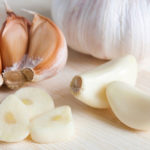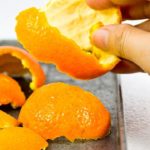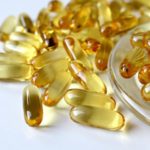According to Science Alert, scientists have discovered that orange peels contain a new bioactive compound called feruloylputrescine (FP), which may have positive effects on cardiovascular health when consumed.
Orange Peels Reduce Risk of Cardiovascular Disease
Scientists at the University of Florida and the US Department of Agriculture (USDA) have found a new compound in orange peels, named feruloylputrescine (FP), which can help lower the risk of cardiovascular disease. In experiments, mice fed an extract from orange peels rich in FP for 6 weeks showed a significant reduction in biomarkers associated with inflammation and cardiovascular disease in their blood.
Even when the mice were fed a high-fat diet, the group supplemented with FP daily had lower fat levels compared to the control group. FP is a metabolite initially found in grapefruit leaves and juice, and while it is also present in some oranges, the compound is absent in lemons or tangerines.
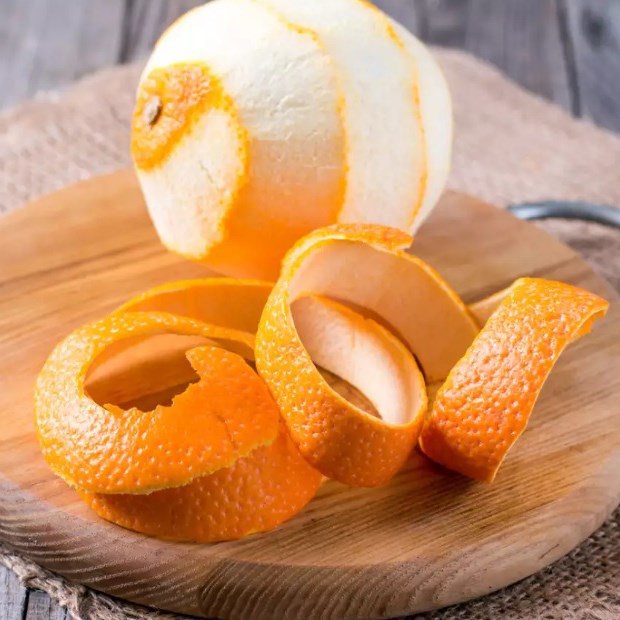
Scientists from the University of Florida and the USDA have discovered a new compound in orange peels, feruloylputrescine (FP), which may help reduce the risk of cardiovascular disease.
FP has garnered attention for its antioxidant and anti-inflammatory properties, but there is still much that experts don’t know about it. Yu Wang, a food scientist from the University of Florida, commented: “This is a novel finding, highlighting the previously unrecognized potential of FP in reducing the risk of cardiovascular disease.”
Oranges, one of the most popular fruits in the world, are primarily consumed as juice, while the peels are often discarded. Annually, about 32 million tons of orange peels are wasted, despite being edible and beneficial to health. Even when feeding leftover orange pieces to chickens, scientists noticed health improvements in the birds.
The Surprising Benefits of Orange Peels
In Florida, about half of the state’s orange peels are used as livestock feed. However, there may be a reason to set aside a small portion instead of discarding them. Compared to the juicy part, orange peels contain an impressive amount of vitamins, antioxidants, and limonene – a chemical that may possess anti-inflammatory and anti-cancer properties.
Identifying which bioactive compounds are most beneficial to human health and why is key to scientists creating the healthiest extracts possible. Feruloylputrescine (FP) is one such compound.
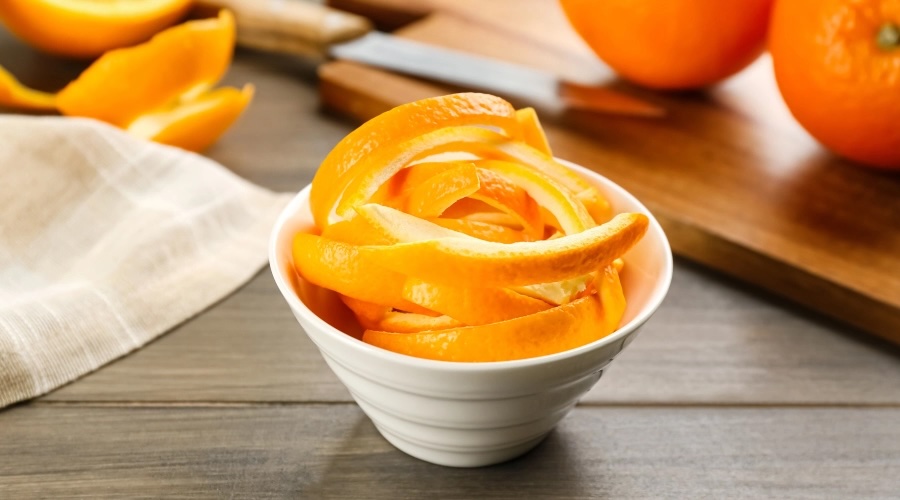
Orange peels contain high amounts of vitamins, antioxidants, and limonene.
When consumed, FP appears to prevent certain gut bacteria from releasing a byproduct called trimethylamine (TMA) during food breakdown. TMA is produced by gut bacteria typically involved in digesting meat or a high-fat, low-protein diet.
When TMA enters the bloodstream through the gut, it travels to the liver and is converted into trimethylamine N-oxide (TMAO). TMAO is associated with an increased risk of arterial plaque buildup, heart disease, stroke, obesity, and type 2 diabetes. FP in orange peels may help reduce this risk.
In experiments in Florida, when mice were fed orange peel extract containing FP, their TMA and TMAO levels decreased, even though the bacteria producing these metabolites were functioning normally.
This research has been published in the Journal of Agricultural and Food Chemistry.
How to Effectively Treat Fishbone Issues at Home
Everyone loves feasting on the deliciousness of fish during the holidays. But, unfortunately, choking on fish bones is an unavoidable issue that may lead to devastating consequences if left unattended for a prolonged period. Let’s see how Dien May Xanh can help us out when fish bones get stuck in our throat.



























